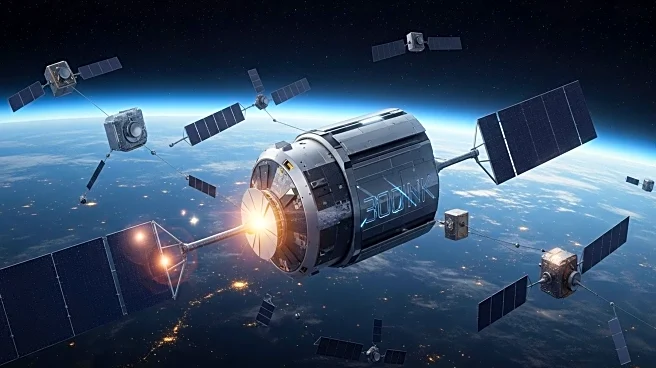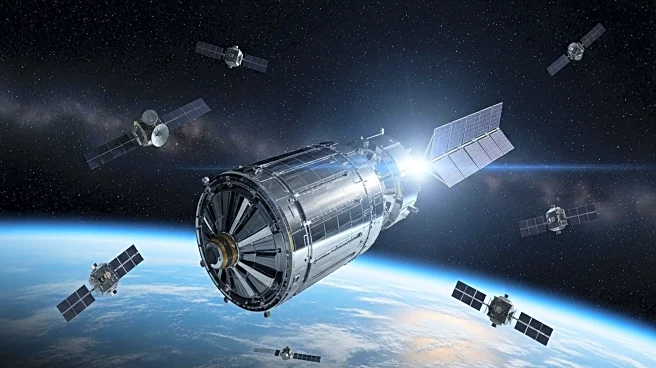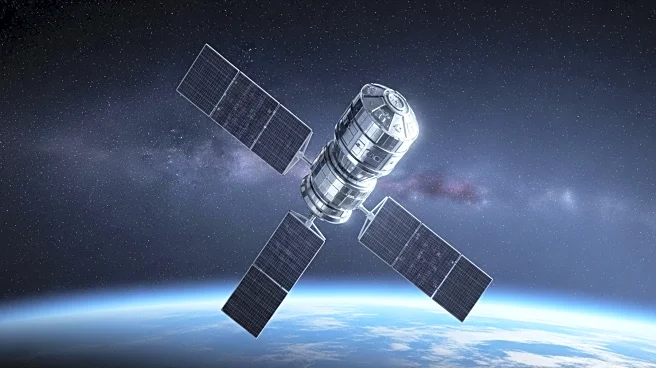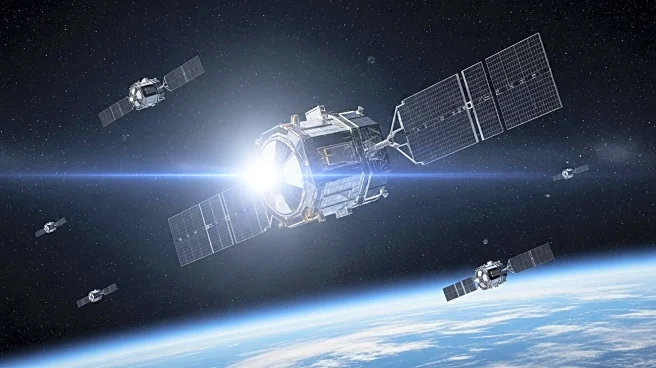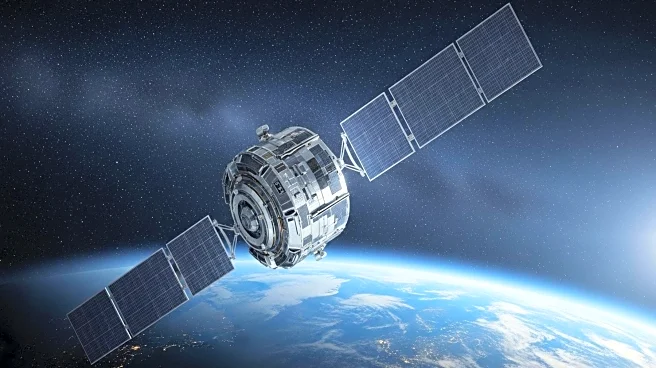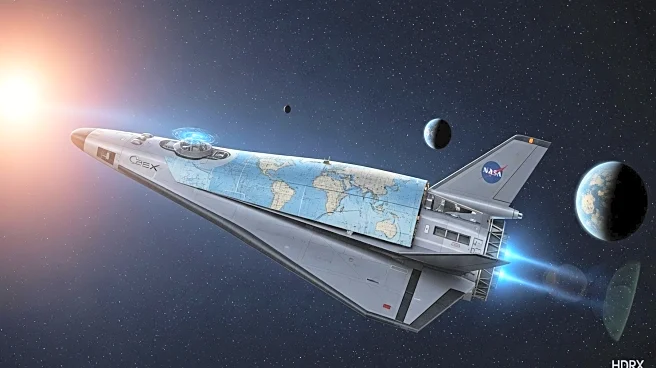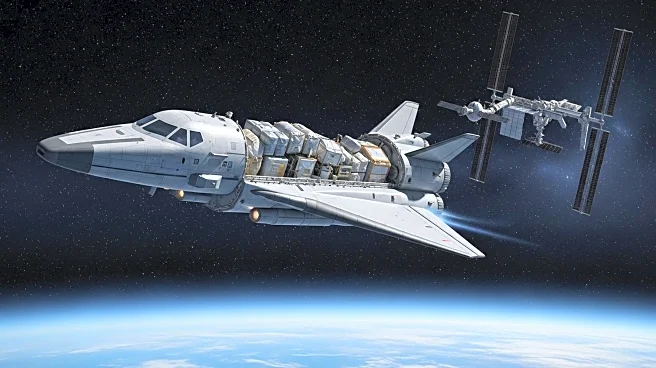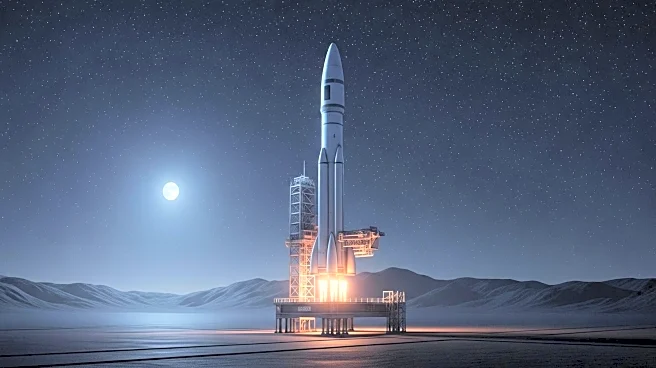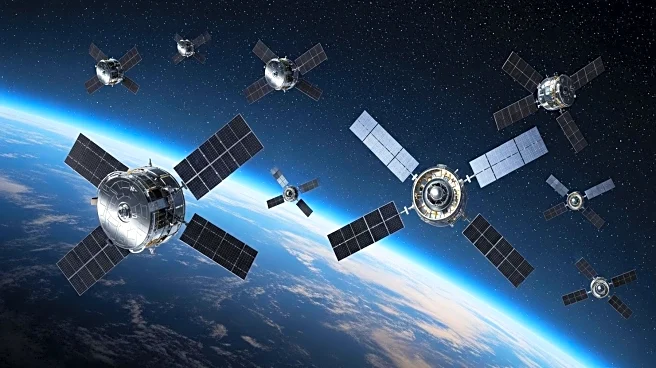What's Happening?
SpaceX has successfully completed its 300th Starlink mission, launching 24 additional internet satellites from Vandenberg Space Force Base. This milestone marks a significant achievement in SpaceX's efforts to expand its satellite internet constellation globally. The Falcon 9 rocket used for this launch also set a record for its 28th reuse. In parallel, NASA has re-established contact with one of its TRACERS satellites, which had experienced communication issues post-launch. The TRACERS mission aims to study Earth's magnetosphere and solar wind interactions, providing valuable insights into space weather effects. Engineers are currently working to diagnose the satellite's issues and resume scientific operations.
Why It's Important?
SpaceX's continued expansion of its Starlink constellation is crucial for providing global internet coverage, particularly in remote areas. This achievement underscores SpaceX's leadership in satellite deployment and reuse technology, which could significantly reduce costs and increase accessibility to internet services worldwide. NASA's successful reconnection with the TRACERS satellite highlights the agency's commitment to maximizing scientific returns despite technical challenges. The data gathered from TRACERS could enhance understanding of space weather, which is vital for protecting satellites and other space-based assets from solar radiation.
What's Next?
SpaceX plans to maintain its rapid launch cadence, aiming for a record number of launches this year. This will further bolster its Starlink network and potentially lead to new service offerings. NASA's engineers will continue to assess the TRACERS satellite's systems to ensure it can fulfill its scientific objectives. The recovery of this satellite is a step towards resuming full mission operations, which could provide critical data for future space weather forecasting.
Beyond the Headlines
The success of SpaceX's reusable rocket technology could influence other space agencies and private companies to adopt similar practices, potentially revolutionizing the space industry by making launches more economical and frequent. NASA's efforts to recover the TRACERS satellite demonstrate the importance of resilience and adaptability in space missions, which are often subject to unpredictable challenges.
